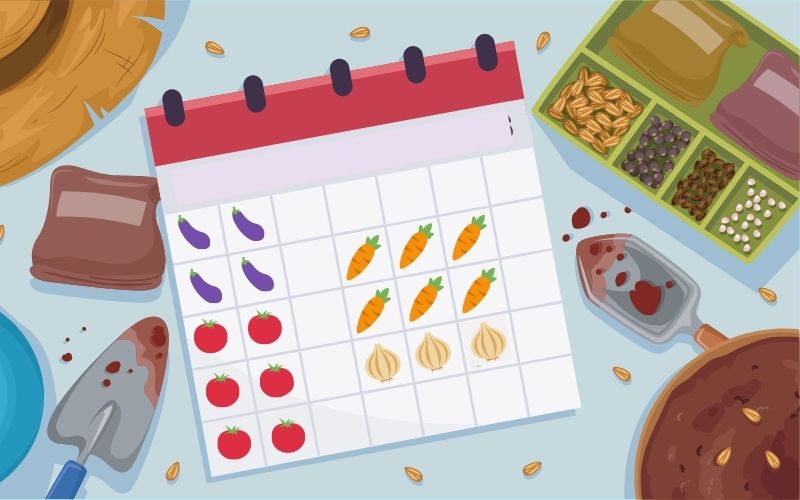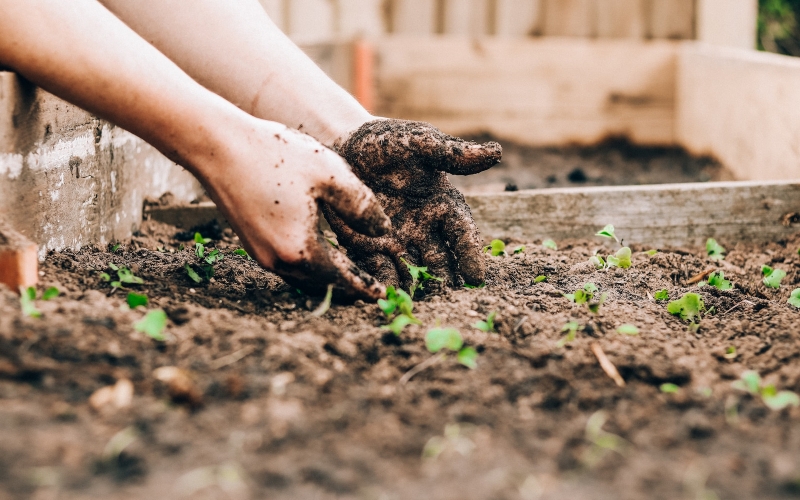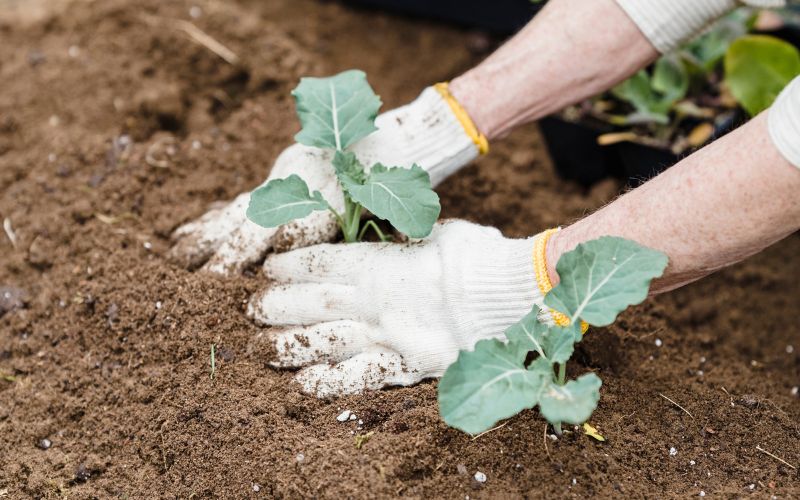Why grow your own Vegetables?

Growing your own vegetables offers numerous benefits beyond the ability to eat fresh vegetables. If you are undecided about starting or have experienced past failures, here are some reasons to consider giving it another try:
- It’ll be easier for you to eat more vegetables
- You can eat uncommon edible parts of vegetable plants
- It’s beneficial for your overall health and wellness
- You’ll have a constant supply of food even when commercial supplies fail
- You can choose to grow 100% organic vegetables
- You can reduce your food waste
- You’ll better appreciate farmers
- Provides an opportunity to spend quality family time
- You’ll eventually get free food!
Read more on the benefits of growing your own vegetables at home
How to start your own vegetable garden
Starting a vegetable garden involves three essential steps: plan, prepare, and plant. Each step plays a crucial role in setting up a successful garden and maximizing your chances of a bountiful harvest.
Step 1: PLAN

By spending some time to properly plan your vegetable garden before actually starting it, you can grow a healthy vegetable garden that matches the space and time that you can spare.
First, you’ll need to decide on the type of vegetable garden that suits your needs and choose the best location that you have available.
Next, you’ll need to select the most suitable types and varieties of vegetables to grow based on your preferences, climate, and garden. Based on the types and varieties you’ve chosen and the money and energy you can spare, you’ll decide whether to start your plants from seeds or buy transplants. Then, you’ll need to know the number of plants of each type ad variety, you’ll need to grow based on the space you have and how you intend to use the vegetables you grow.
Finally, you can put together all the small decisions that you’ve made to plan the layout of your garden. This involves creating a map of your gardening showing where each plant should go.
Although not strictly a part of the planning process, it’s important to decide how you’ll be keeping a record of your garden. This will ensure that you have records of all that has happened in your garden at hand when needed.
Read more on planning your vegetable garden
Step 2: PREPARE

Preparing your garden properly before moving your plants into it is crucial for growing strong plants and getting a healthy harvest.
Once you’ve got the garden area cleared, it’s best to have your soil tested. Then, based on those results, you can amend your soil and add fertilizers to replenish any nutrient deficiencies. Finally, you can cover the garden area with mulch and water, until your seedlings are ready to be transplanted.
Read more on preparing your vegetable garden
Step 3: PLANT
Starting your vegetable plants

When it comes to planting a vegetable garden, you can either start from seeds or buy plants from a nursery. The best choice for this depends on two factors:
1. The types of vegetable plants you are growing:
Many types of vegetables benefit from being transplanted. This includes broccoli, cabbage, cauliflower, eggplant, kohlrabi, lettuce, onions, peppers, and tomatoes. However, others need to be transplanted with care, while its recommended that vegetables such as Beans, Peas, Carrot, and Corn be started directly from seeds.
Read more on why transplanting benefits some vegetables but not others
2. How much time, energy, and money you’d like to invest:
Starting directly from seeds is a lot cheaper but requires more time and effort in taking care of. On the other hand, it’s more expensive to buy transplants but you don’t have to spend any time and effort to start them.
Read more on the difference between starting from seeds or seedlings/transplants
When starting vegetable seeds, it’s important to sow seeds at the right time, when the soil temperature is right, use high-quality seeds and a correct medium, and provide proper moisture and light conditions. This will help you grow seedlings that are healthy and resilient to changes in the environment.
Read more on how properly start vegetable seeds [Need to write this blog post]
Transplanting your vegetable plants

Once you’ve grown your seedlings or have your transplants with you, you’ll need to transplant them. Transplanting at the proper time, using the correct techniques, and under suitable environmental conditions are crucial for successful transplantation. The process of transplanting itself involves hardening off seedlings, watering them as much as needed, gently removing them from containers, and planting them with the right spacing between plants.
Read more on how to correctly transplant seedlings into your vegetable garden
